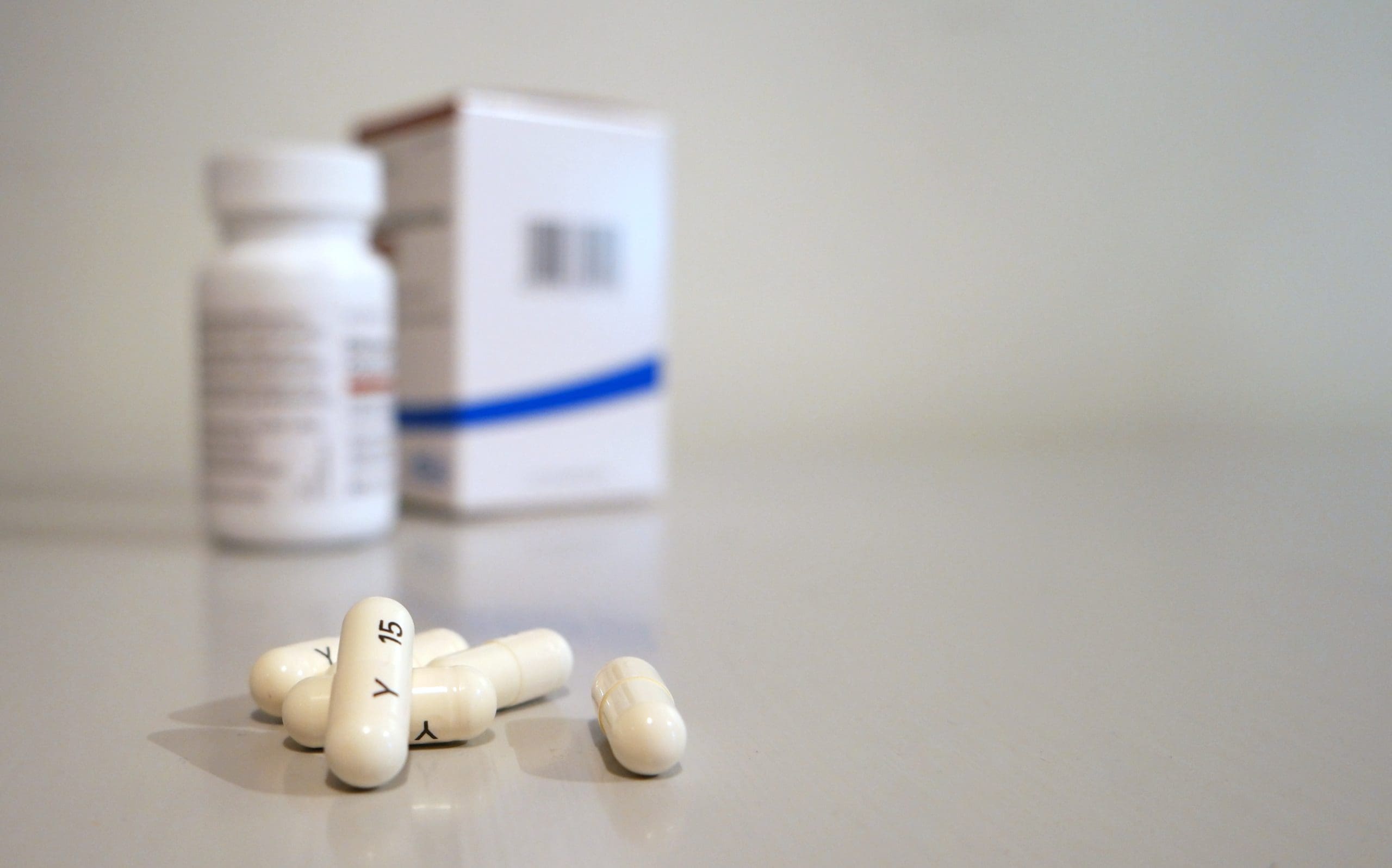When Richard Blaine, age 64, arrives at the emergency department (ED) with a reddish purple rash, he is immediately placed in isolation with suspected disseminated shingles. Your evaluation finds him alert and oriented. His medical history isn’t significant except for a recent diagnosis of gout. He reports that the only medications he takes are ibuprofen and allopurinol, which he started taking for gout several days ago. Since then, he has experienced fever, cough, sore throat, and a burning sensation in his eyes. He assumed he was sick with the flu until the rash appeared on his face and mucous membranes this morning.
Assessment hints
You inspect the rash, keeping in mind Mr. Blaine’s report that it started on his face and mucous membranes. Now, though, you note that it has spread to his torso and genitals, with several blistered areas that look almost as if they were scalded. The patient rates the pain from these lesions as 9 on a 0-to-10 scale. In some areas, the lesions are necrotic and sloughing, suggesting something other than shingles.
On the scene
Concerned about your findings and the rapid progression of the rash, you ask the ED physician to evaluate Mr. Blaine. Based on physical inspection and the patient’s new medication regimen, the physician makes a preliminary diagnosis of Stevens-Johnson syndrome (SJS)—a rare hypersensitivity reaction that can be triggered by a medication allergy, an infection, or cancer.
You’re aware that SJS (also known as erythema multiforme) can progress to a more severe condition called toxic epidermal necrolysis (TEN) and is fatal in about 15% of cases. Medications linked to the disorder include allopurinol, nonsteroidal anti-inflammatory drugs, sulfonamides, penicillins, and anticonvulsants. Infectious processes associated with SJS include herpes, influenza, human immunodeficiency virus, diphtheria, typhoid, and hepatitis.
In Mr. Blaine’s case, the physician concludes, allopurinol is the most likely culprit. As ordered, you discontinue both the allopurinol and ibuprofen and attend to Mr. Blaine’s immediate needs. Noting that his skin has begun to peel off in large sheets, which raises the risk of infection and fluid loss, you immediately establish I.V. access for analgesics and fluid replacement. Arrangements are made to transfer him to the burn unit for additional supportive treatment and monitoring.
Outcome
During his first few weeks in the burn unit, Mr. Blaine’s condition worsens. He requires I.V. immunoglobulin therapy to help modulate his immune system, along with continuous I.V. fluids and enteral feedings to combat the catabolic effects of severe skin damage. The nursing staff monitors him carefully for signs and symptoms of secondary cellulitis and sepsis from the extensive skin sloughing. He requires debridement and eventually skin grafting in some areas (although this isn’t always needed for patients with SJS or TEN).
Education and follow-up
After recovery, Mr. Blaine has scarring pigmentation changes, but he doesn’t suffer the lasting eye problems or internal organ damage that sometimes occur with SJS. He’s ready for discharge after 2 weeks in the burn unit and an additional week on the med-surg unit. During discharge teaching, the nurse advises him to tell all care providers about his history of SJS and encourages him to wear a medical information bracelet specifying he has had SJS.
We still have much to learn about SJS and other rare skin conditions, and controversy surrounds some aspects of SJS treatment. Mr. Blaine owes his recovery to the quick assessment and actions of the ED team, which successfully halted the life-threatening process.
Barbara Barzoloski-O’Connor is an infection control manager at Howard County General Hospital in Columbia, Maryland.


















